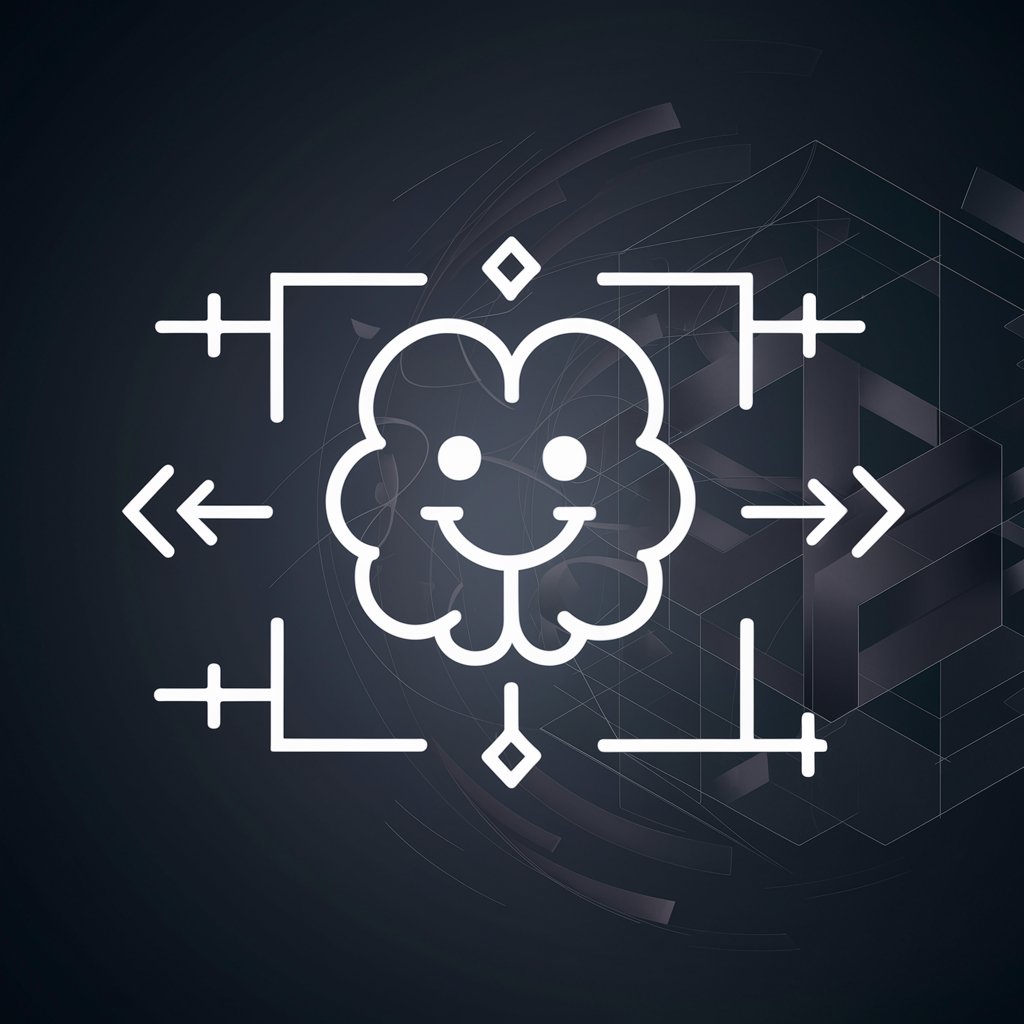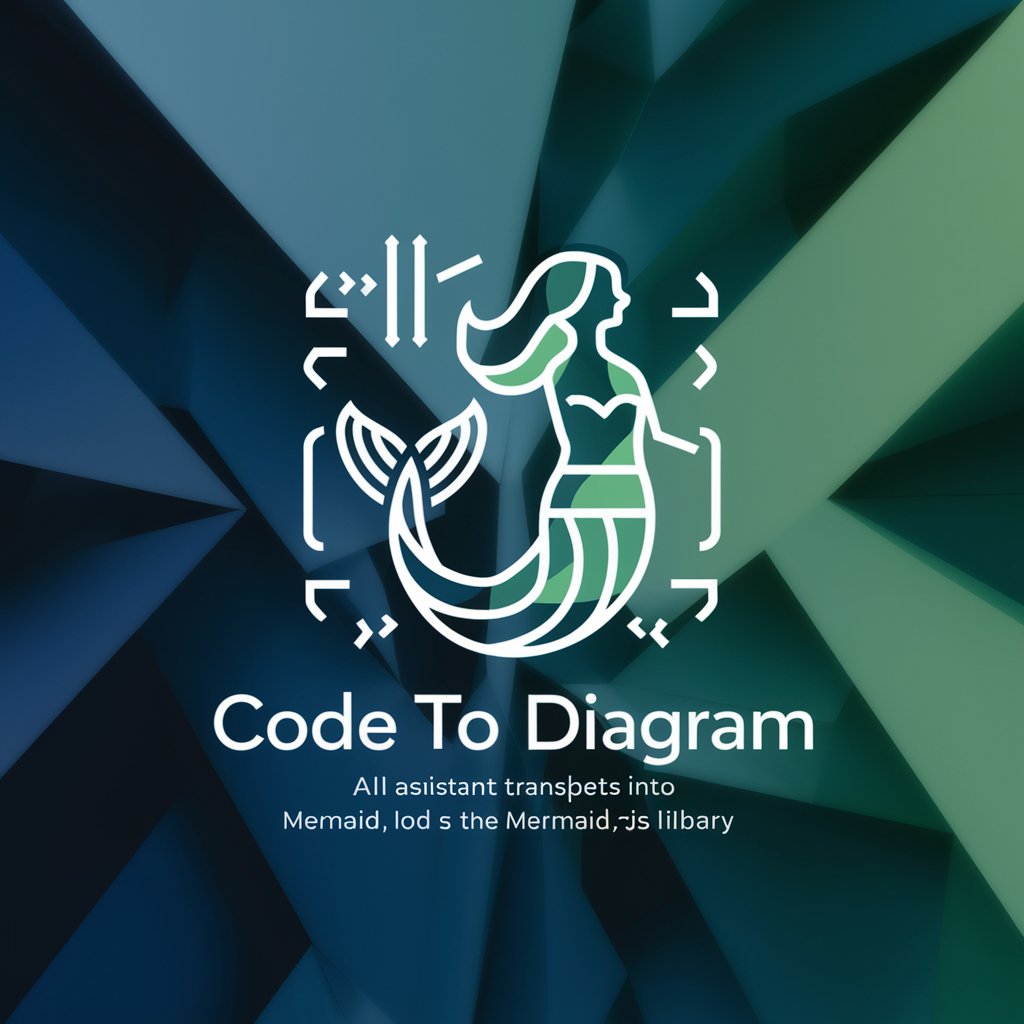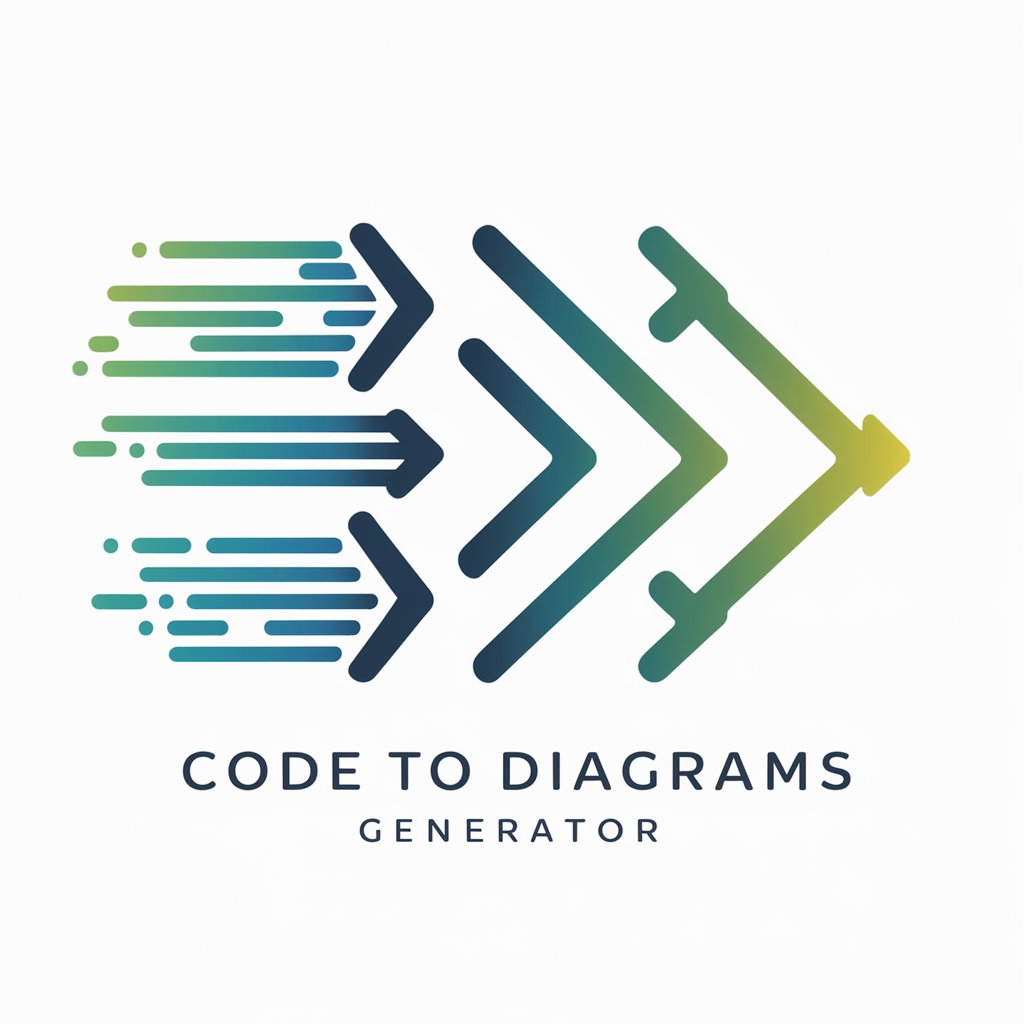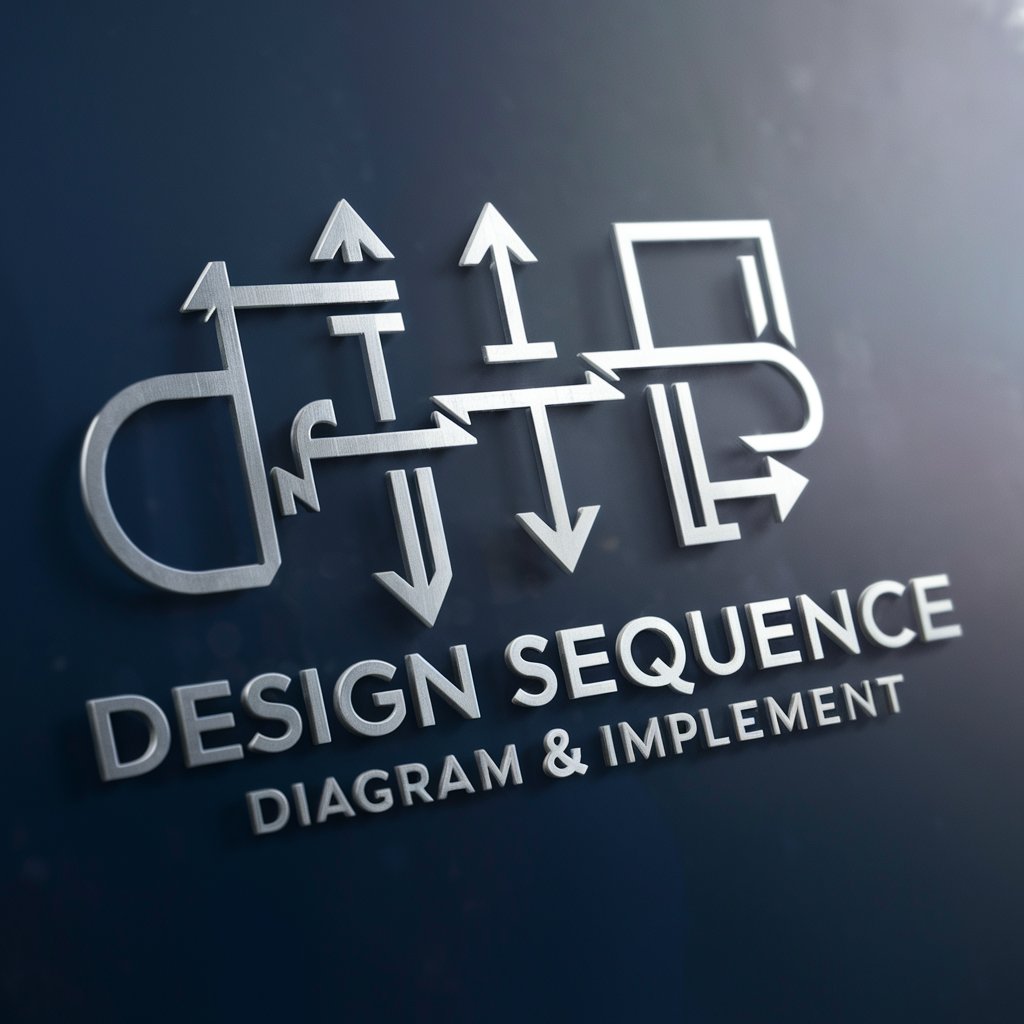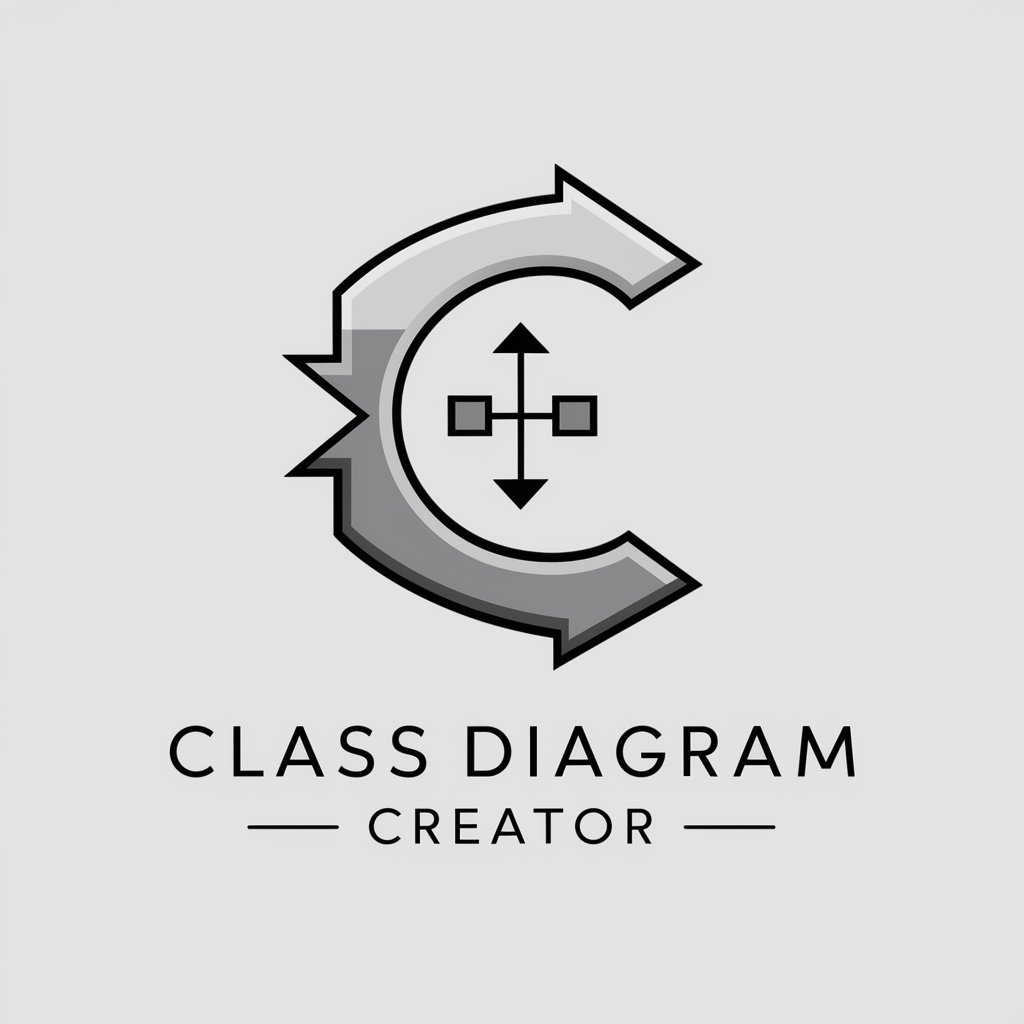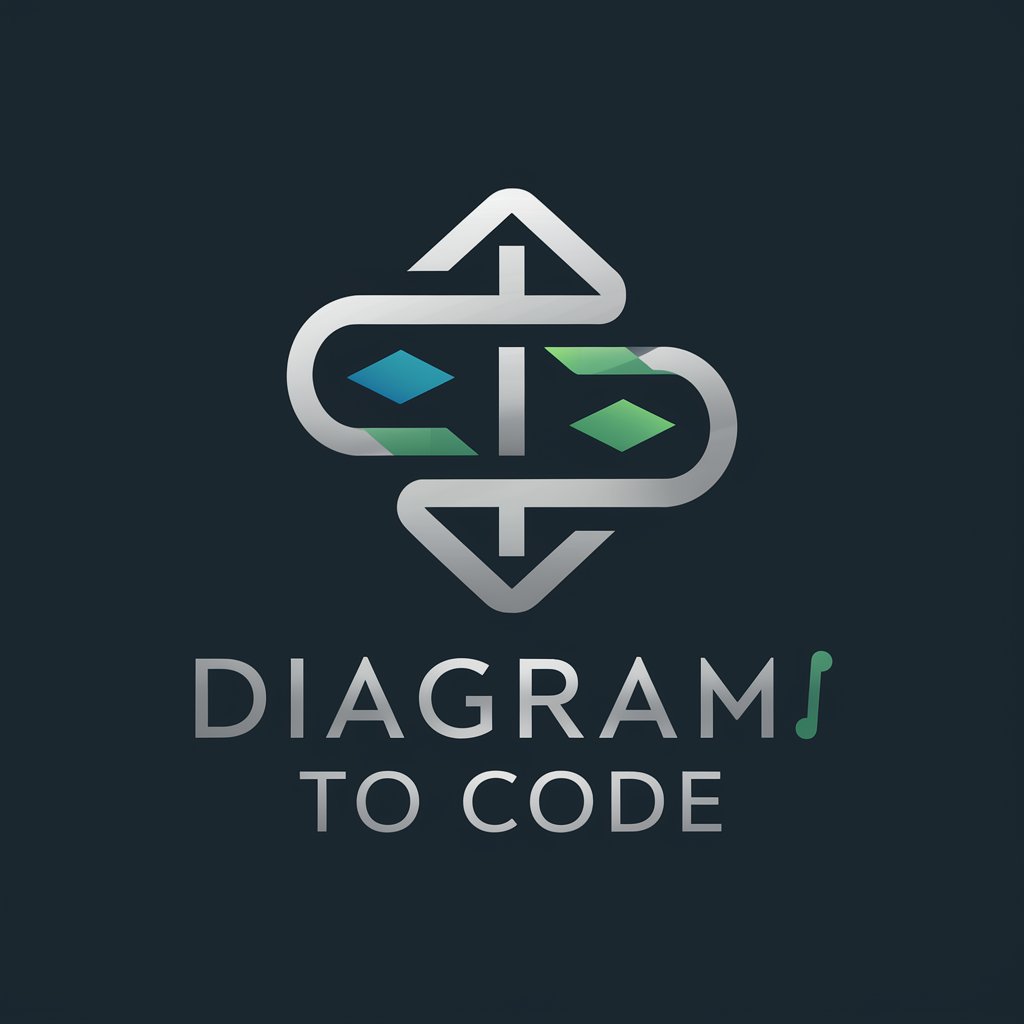
Code to Class Diagram - PlantUML Class Diagram Tool
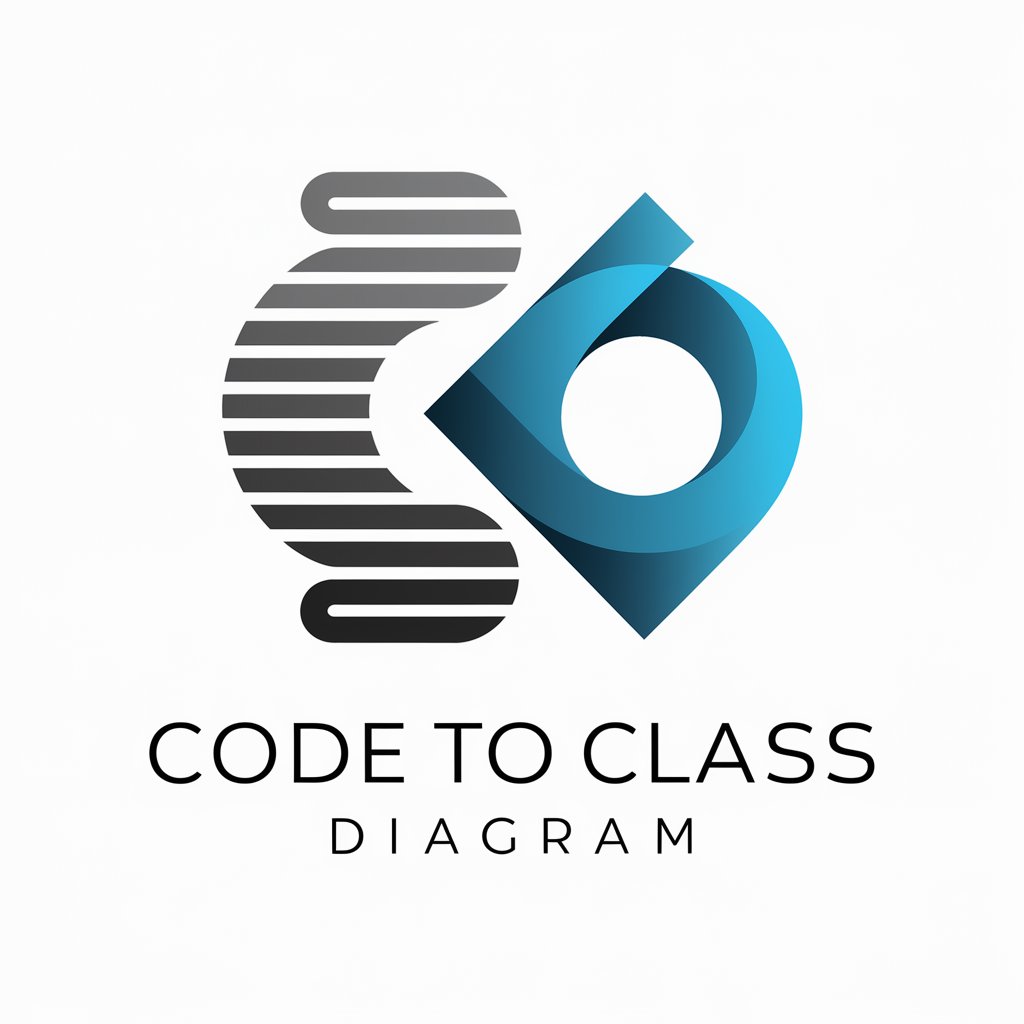
Ready to convert your code into class diagrams.
Transform code into UML diagrams instantly.
Convert the following Python code to a PlantUML class diagram:
Generate a PlantUML class diagram from this Java snippet:
Transform the provided C# code into a PlantUML class diagram:
Create a PlantUML class diagram based on the given JavaScript classes:
Get Embed Code
Overview of Code to Class Diagram
Code to Class Diagram is a specialized tool designed to convert source code from various programming languages into PlantUML class diagrams. This tool analyzes code structures like classes, interfaces, and their relationships (such as inheritance, association, aggregation, and composition) and generates corresponding PlantUML code. It is specifically tailored for software developers, architects, and students who need to visualize the structure of their code in the form of class diagrams. For example, given a simple Java class with methods and attributes, Code to Class Diagram would produce a PlantUML script that graphically represents this class, its methods, attributes, and relationships with other classes if applicable. Powered by ChatGPT-4o。

Core Functions of Code to Class Diagram
Class Representation
Example
Given Java code for a class with private, public, and protected members, Code to Class Diagram would generate a PlantUML diagram showing these members with appropriate visibility indicators.
Scenario
A software engineer refactoring a legacy system could use this to visualize class structures to better understand and document the system's components.
Relationship Mapping
Example
From C++ code indicating inheritance and interface implementation, the tool would produce a diagram illustrating these relationships, using arrows to denote inheritance ('--|>') and dotted arrows for interface implementations ('..|>').
Scenario
During system design, an architect could input preliminary class designs to see how different classes are interlinked, aiding in the assessment of design coherence and efficiency.
Aggregation and Composition
Example
Analyzing a piece of code where a class contains instances of other classes, Code to Class Diagram would illustrate these relationships using diamond arrows to represent aggregation ('o--') or composition ('*--').
Scenario
A developer designing a complex system involving multiple objects that live and die together can visually parse which objects are dependent on others, reinforcing understanding of lifecycle management within the system.
Target User Groups for Code to Class Diagram
Software Developers
Developers frequently need to understand and document the architecture of their applications. Code to Class Diagram helps them visualize the structural relationships and dependencies between classes, which is crucial during both the development and maintenance phases.
Software Architects
Architects benefit from using Code to Class Diagram by easily generating class diagrams from existing codebases, which aids in architectural reviews and planning. It allows them to ensure that the system's architectural rules are being followed and to communicate the architecture clearly to other stakeholders.
Computer Science Educators and Students
Educators and students in computer science can use Code to Class Diagram to illustrate and understand theoretical concepts in object-oriented design and programming. It serves as a practical tool for teaching how different components of a system interact.

How to Use Code to Class Diagram
Step 1
Visit yeschat.ai for a free trial without login, also no need for ChatGPT Plus.
Step 2
Select the 'Code to Class Diagram' tool from the available options on the platform.
Step 3
Input your code snippet directly into the input field provided on the tool's interface.
Step 4
Submit the code for processing. The tool analyzes the structure and relationships within the code.
Step 5
Review the generated PlantUML class diagram and download or modify it as needed.
Try other advanced and practical GPTs
Kabbalah Class Planner
Empower spiritual learning with AI
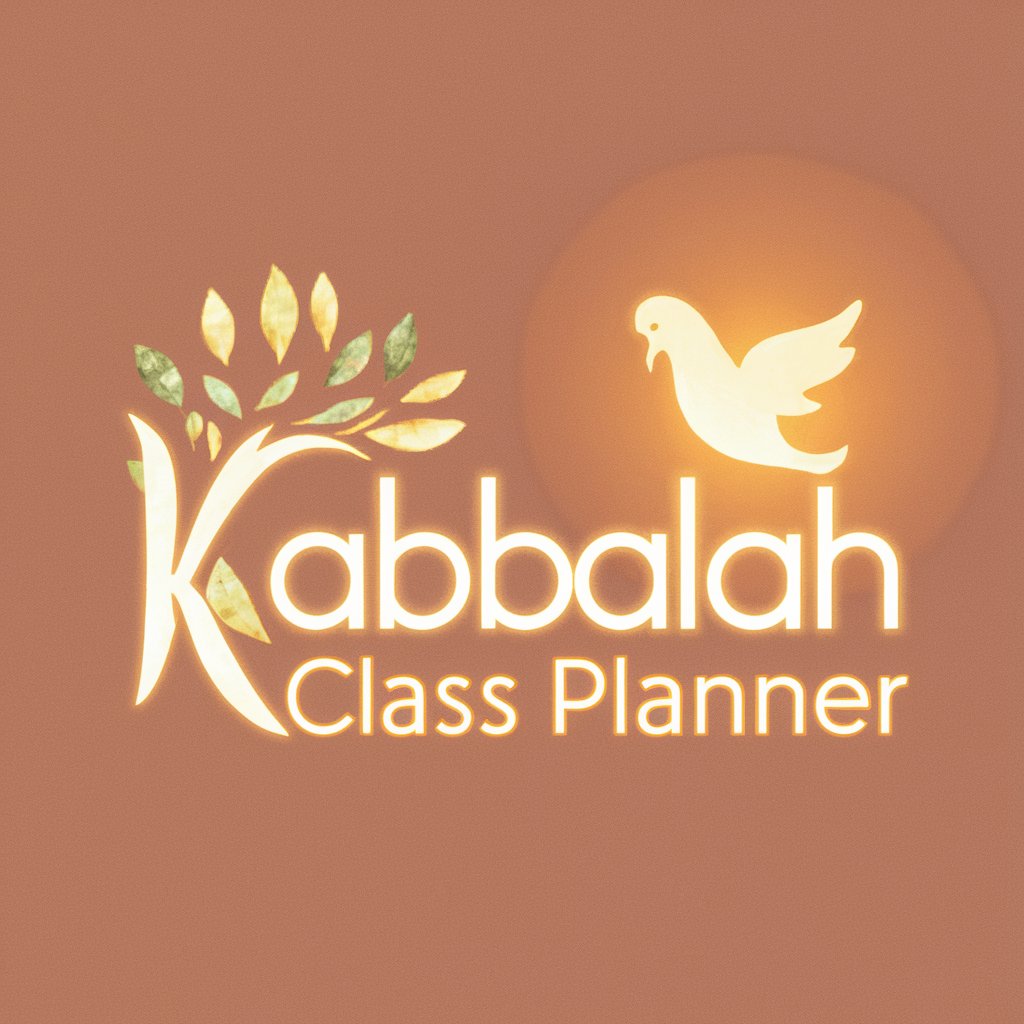
Lidlomix (Monsieur Cuisine)
Revolutionize Cooking with AI
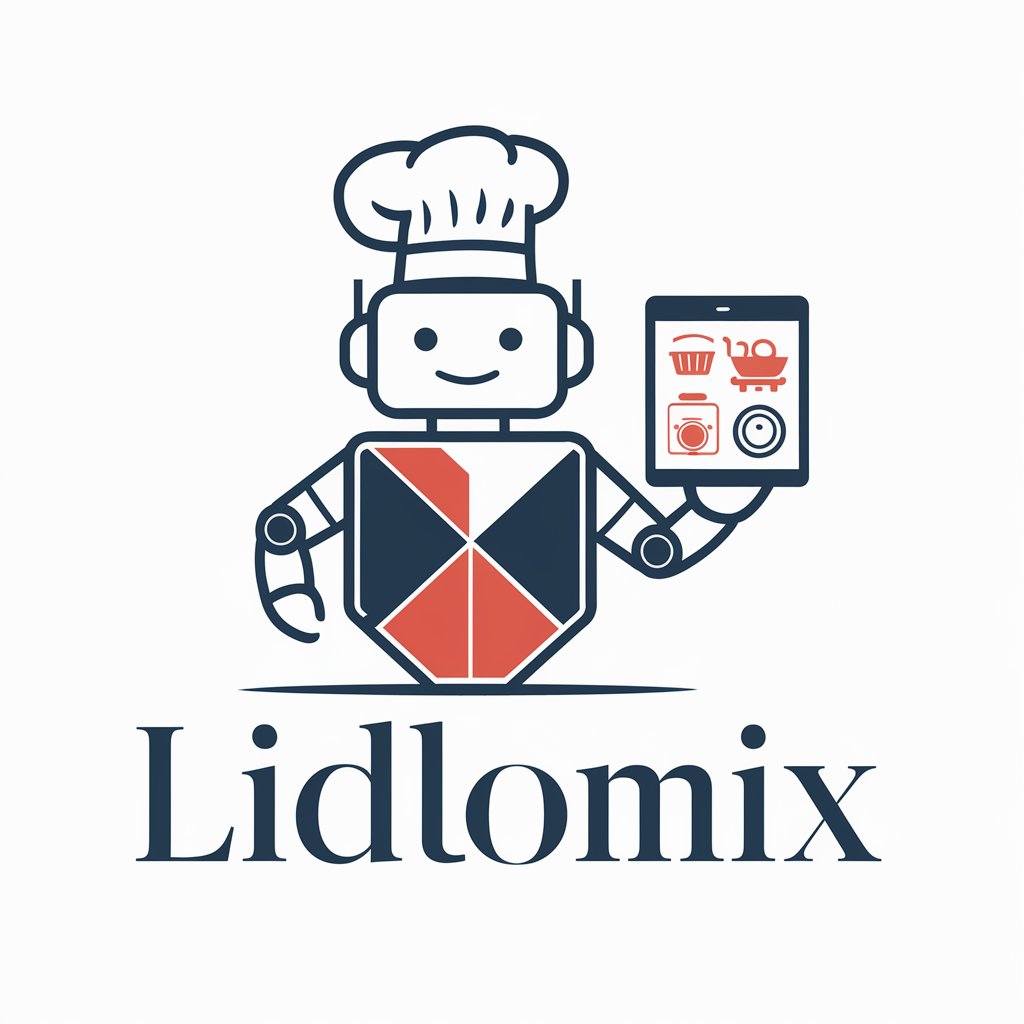
CV Generator
Empower Your Professional Journey with AI

Automated Blog Writer
AI-Driven Blog Content Creation Simplified

Tax Assistant Pro
Simplify Taxes with AI

Decostic Growth Assistant
Empowering Design Through AI

Codin' Chloe
Code smarter, not harder!
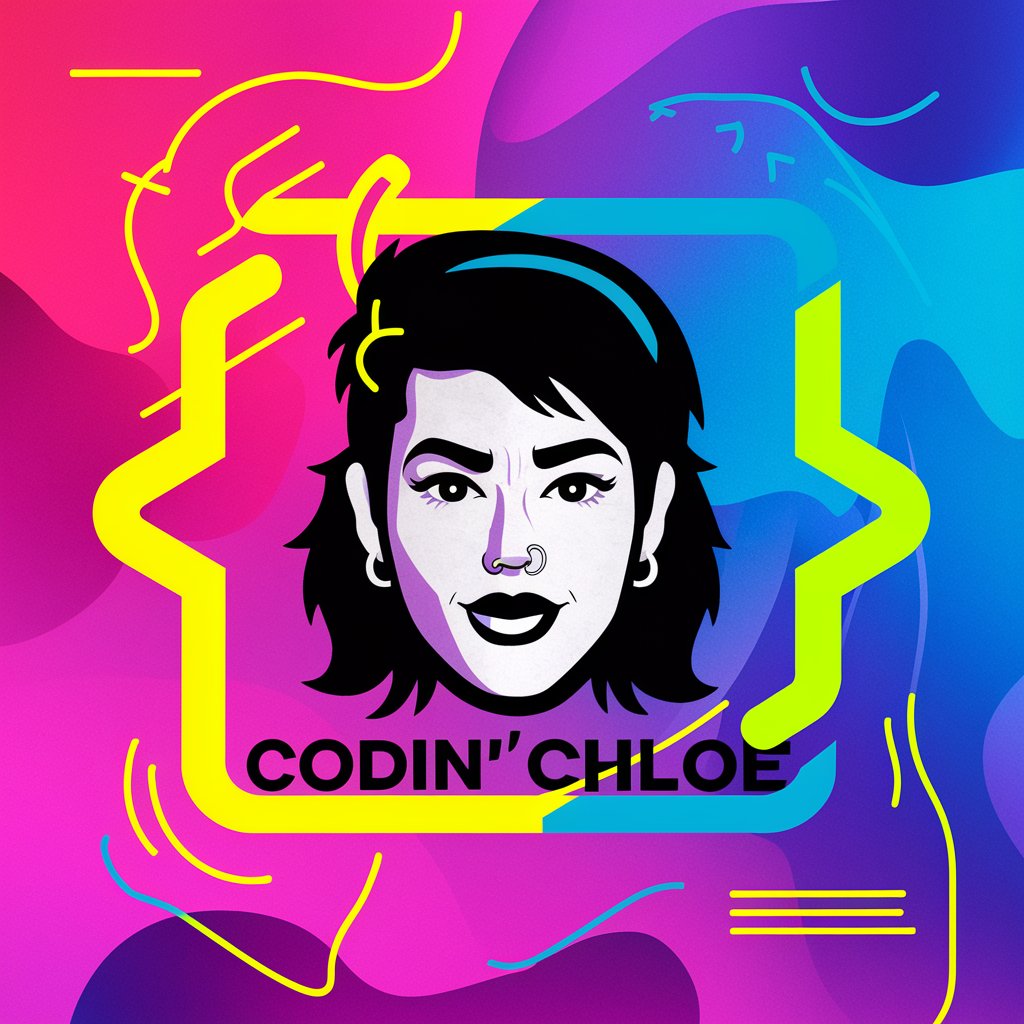
Smart Shopping India 🛒
AI-driven Shopping at Your Fingertips

Combine PDF
Merge PDFs Seamlessly with AI

Prompt7: Combine ( 150 words - CEFR B2 level)
AI-Powered News Summarization Tool

Optimalizátor Produktů
Empower Your Product Content with AI
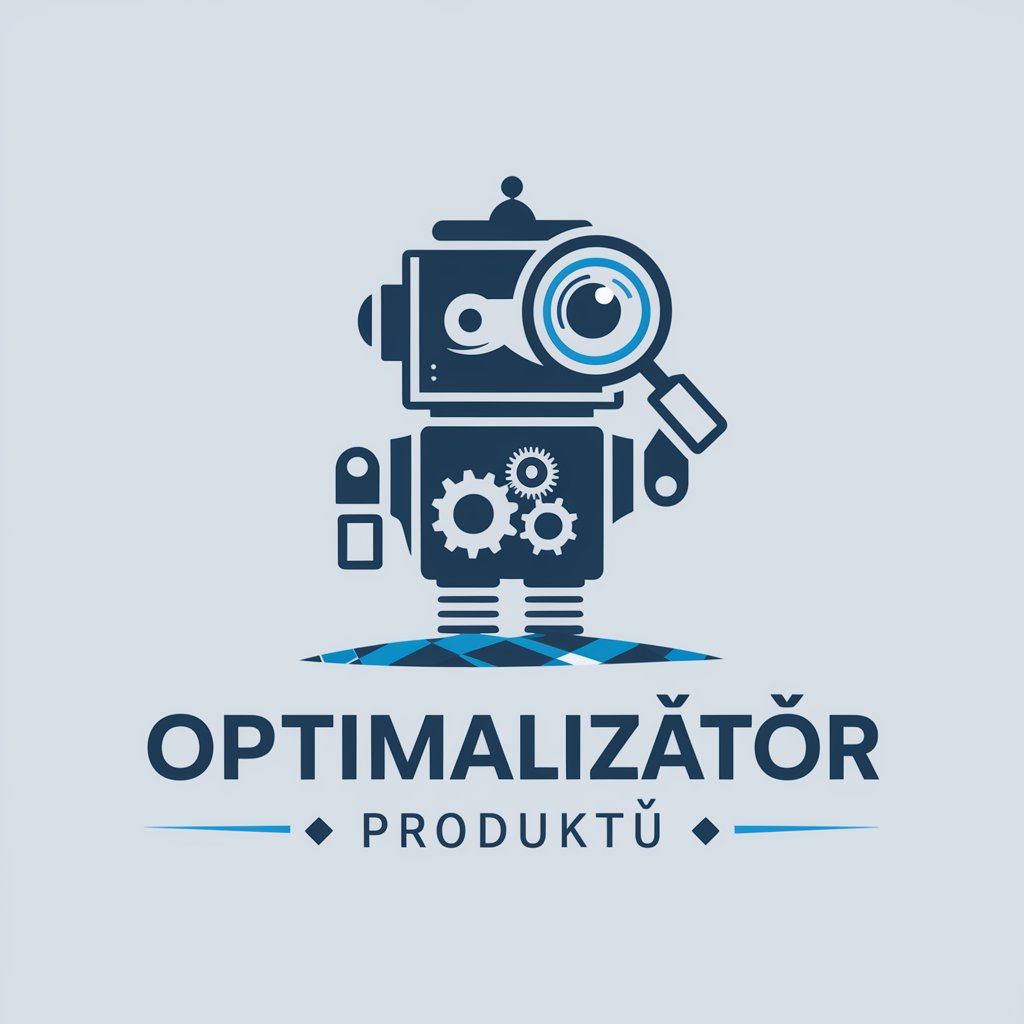
Jessie Bot
Automate emails with AI power

Frequently Asked Questions About Code to Class Diagram
What programming languages does Code to Class Diagram support?
Code to Class Diagram supports a variety of programming languages including Java, Python, C++, and others, allowing for broad compatibility in generating class diagrams.
Can I customize the generated class diagrams?
Yes, the tool allows you to modify the resulting diagram directly in the PlantUML code to better fit your project's needs or preferences.
What is PlantUML and why is it used in this tool?
PlantUML is a tool that allows for quick and simple generation of UML diagrams from plain text descriptions. It is used in this tool to provide a visual representation of class structures and relationships that are easy to understand and modify.
Is there a limit to the size of the code snippet I can convert?
There might be practical limits based on performance and readability, but generally, the tool can handle reasonably large code snippets without issue.
How accurate is the diagram generated by Code to Class Diagram?
The accuracy depends on the clarity and structure of the input code. Well-structured code results in more accurate diagrams, but the tool is designed to intelligently infer relationships even from less clear inputs.
